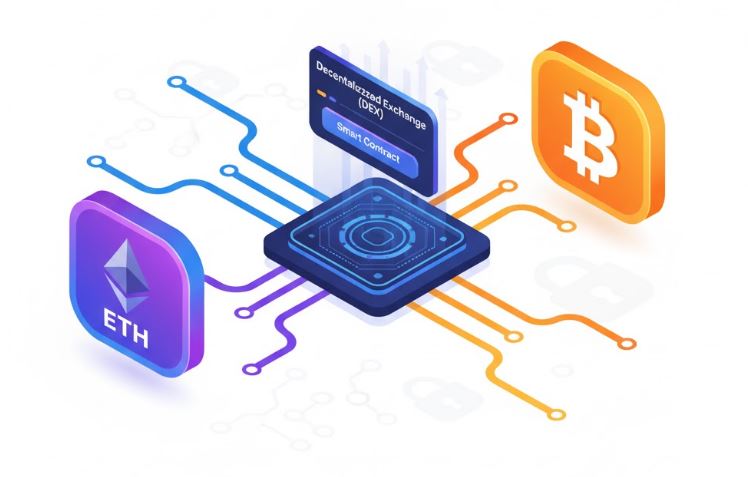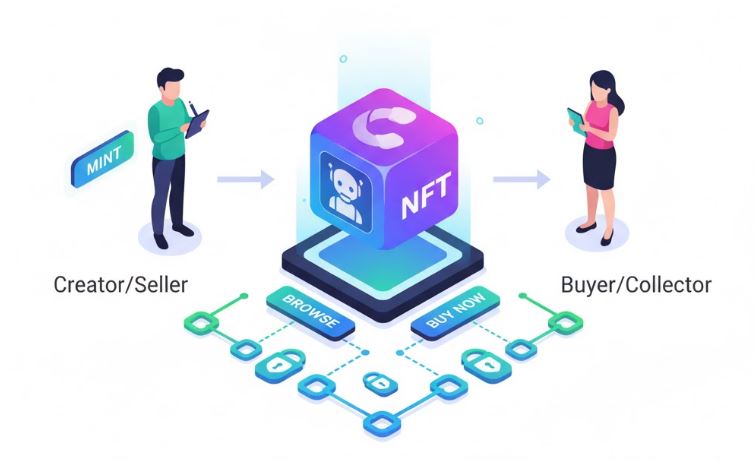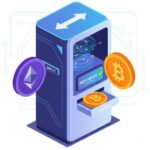Video games used to be simple: you played for fun, and everything you earned stayed inside the game. But Web3 gaming is changing that idea by letting players earn and own digital items in a way that works more like real property than just pixels on a screen.
The first big trend was play-to-earn. In these games, players could earn tokens or digital items that had real value outside the game. People in some countries even made money just by playing every day. But play-to-earn also had problems. Many games turned into more of a job than a hobby. Players weren’t always there for fun, they were there to grind for tokens. Once the rewards slowed down, interest dropped quickly.
Now a new approach is rising: play-to-own. Instead of paying players for every click, this model focuses on giving players real ownership of items, characters, land, or upgrades through NFTs. If you own something in the game, it’s recorded on the blockchain, which means it can be sold, traded, or taken to another game in the future. The point is not to farm tokens, but to build value in what you own, just like collecting rare cards or skins, except now you truly own them.
This shift matters because it brings gaming closer to how people already think about digital goods. Players already spend billions every year on cosmetics, weapons, and upgrades in traditional games, but they don’t own them; the company does. In Web3, ownership moves to the player instead of the publisher.
Of course, this model is still young. Not every game will succeed, and some may still feel like speculation. But as Web3 tools improve and developers focus more on fun, not just tokens, we may see games where your time spent doesn’t just disappear when you log off, it becomes part of your digital collection.
The real future of crypto gaming may not be paying players just to play, but letting them build lasting value in the worlds they help create.







